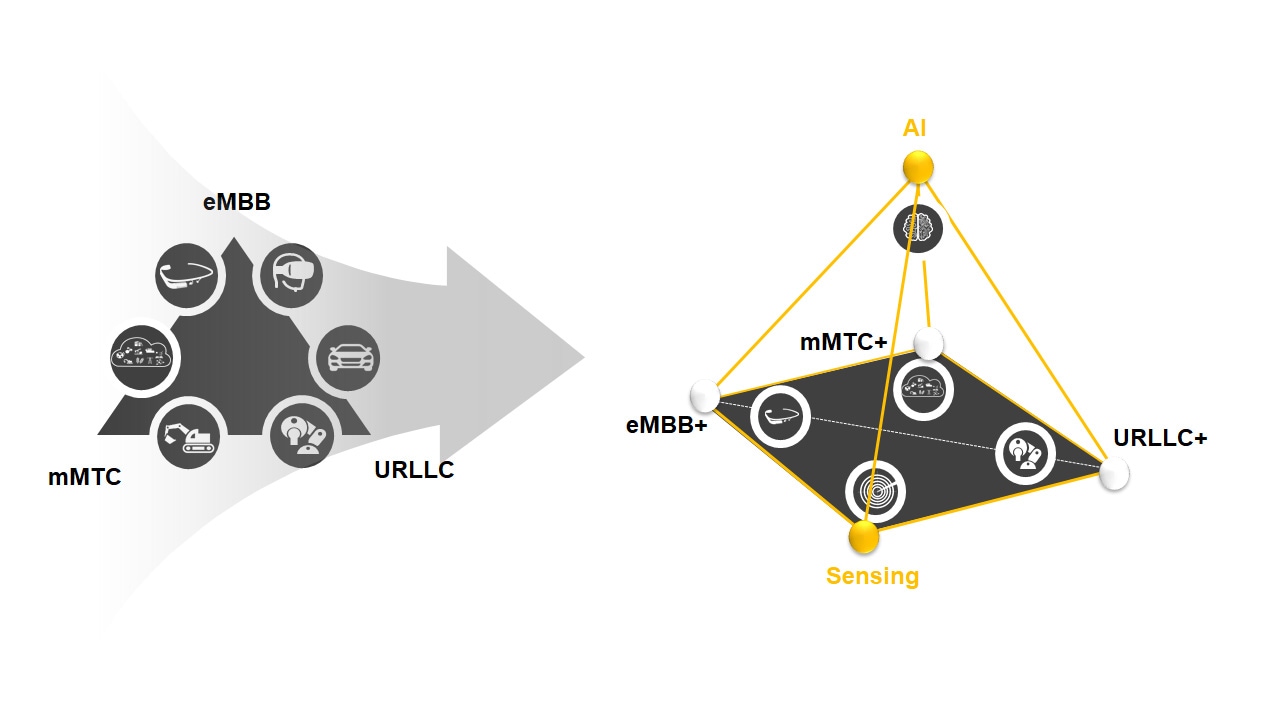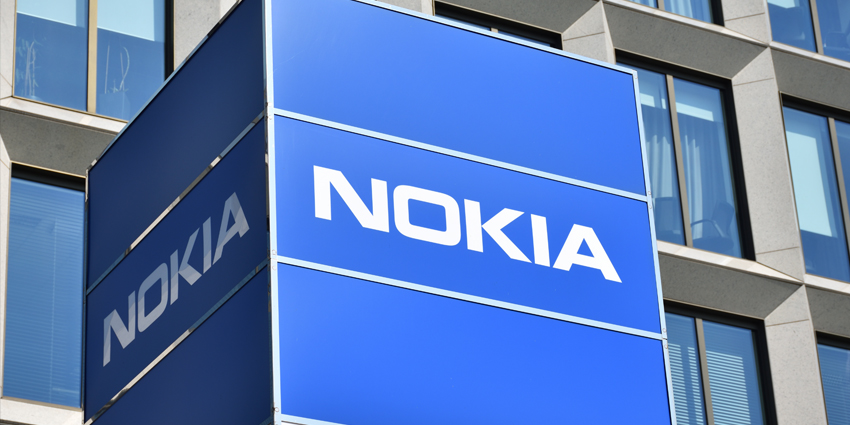The next phase of Enhanced Mobile Broadband (eMBB+) in potential future 6G connections will allow telecommunications firms to join the “physical and cyber worlds” as well as build new methods of interacting in the Metaverse, Huawei Technologies has said in a recent report.
In latest book ‘6G: The Next Horizon,’ the Chinese telecoms giant explained how eMBB+ technologies would help build “human-centric” use cases in telecommunications.
If there’s anything we have learned from the world of technology, it’s that developments happen fast. Presenting — #6G: The New Horizon. Watch the video to discover what it has in store for our near future: https://t.co/GM4qOWbAWY #HuaweiTech #IntelligentWorld2030 #Networks2030
— Huawei (@Huawei) December 17, 2021
The technology would allow users of virtual, augmented, and mixed reality (VR/AR/MR) applications and telepresence to experience greater immersion and “multi-sensory interactions.”
It would also require larger peak and user experienced data rates and minimal latency, along with massive system capacities, the company wrote.
Regarding testing, eMBB+ technology required both indoor and outdoor use cases to measure the efficacy of user experiences in key activities “regardless of the high mobility in extreme cases,” Huawei added, citing transport systems such as shipping and aviation, as well as remote location usage.
The Five Pillars of 6G
In addition to eMBB+, other key pillars of 6G networking will include Ultra reliable and low latency communications (URLLC+) to provide optimal connection speeds for crucial machine connectivity for robots, human-machine interfaces (HMIs), unmanned aerial vehicles (UAVs), and other devices.

6G will also depend heavily on Massive Machine-Type Communications (mMTC+) for developing the Internet of Things (IoT) across smart cities, transport, agriculture, and other civil infrastructure.
It will also incorporate artificial intelligence (AI) and Sensing technologies to scale up the interfacing and implementation of devices and rapidly create digital twins of the physical world, respectively.
According to the Shenzhen-based tech company, it began heavily investing in 6G research and development (R&D) in 2017 and expects deployments around 2030.
Building the Future of 5G, 6G, and Cloud Computing
Interest in both 5G edge networking and 6G technologies has surfaced from numerous telecoms firms, including Huawei, Ericsson, and Nokia, who are developing their own solutions for future XR networks.
In October, Ken Hu, Huawei Rotating Chairman, urged the global telecommunications industry at an event to develop use cases for 5G with emerging technologies such as VR, AR, and MR.
Echoing current statements, Hu said at the time Future solutions should focus on three key sectors – XR, green telecoms networks, and business-to-business (B2B) sales.
Rival telecoms giant Ericsson voiced similar comments just a week later, where two execs said in a blog post XR had “enormous potential” to reshape the global industry as well as its customers.
The post cited several issues in current solutions which required improvements such as heat generation, limited processing power, and battery storage and longevity for small form factor headsets. Minimising these challenges required building edge computing capacities in global networks, the post read.
Speaking at a VR/AR Association summit in early October, Leslie Shannon, Head of Ecosystem and Trend Scouting at Nokia, explained how private 5G networks could allow industries to develop future network for numerous use cases.
Such trials would launch at company sites and could scale up after infrastructure was tested for security and latency monitoring, she said at the time, citing similarly rapid advancements in XR hardware.







